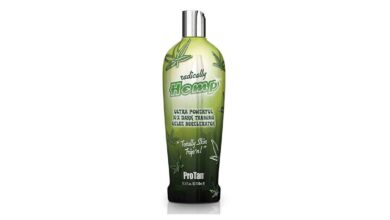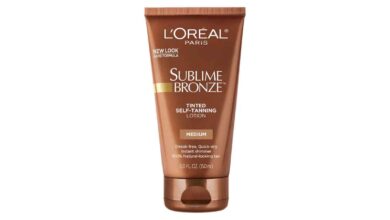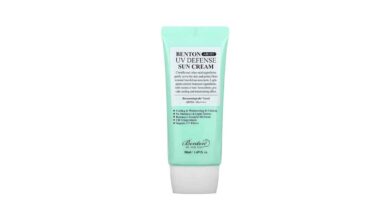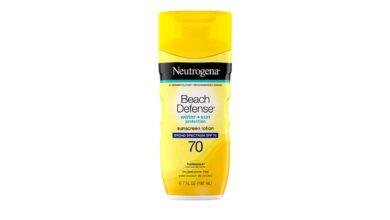10 Best Safest Sunscreen For Children of 2023

selecting the safest sunscreen for children involves considering various factors such as sun protection, ingredients, and environmental impact. By prioritizing sunscreens designed for children, opting for broad-spectrum protection, choosing physical blockers, and seeking reef-friendly options, we can ensure our children enjoy the sun safely and minimize the risks associated with sun exposure.
Auto Amazon Links: No products found.
Protecting our children’s delicate skin from the harmful effects of the sun is of utmost importance. Sunscreen is an essential tool in safeguarding them against sunburn, premature aging, and the long-term risks of sun exposure, such as skin cancer. However, choosing the right sunscreen for children requires careful consideration. We need to prioritize safety, effectiveness, and suitability for their sensitive skin. In this article, we will explore the topic of the safest sunscreen for children, discussing key factors to consider and providing recommendations to help you make informed choices.
Firstly, let’s emphasize the significance of using sunscreen specifically formulated for children. Their skin is typically more delicate and susceptible to irritation, making it vital to select products designed with their needs in mind. Children’s sunscreens are often free from harsh chemicals, fragrances, and potential allergens, minimizing the risk of adverse reactions.
When evaluating the safety of sunscreens, two primary aspects come into play: the level of protection they offer against harmful ultraviolet (UV) rays and the ingredients used in their formulation. The ideal sunscreen for children should provide broad-spectrum protection, shielding against both UVA and UVB rays. UVA rays penetrate deeper into the skin and contribute to long-term damage, while UVB rays cause sunburn. Opting for a sunscreen with a sun protection factor (SPF) of 30 or higher is recommended.
Equally important is scrutinizing the ingredients list. Choosing a sunscreen with physical blockers, such as zinc oxide or titanium dioxide, can be advantageous for children. These ingredients form a protective barrier on the skin’s surface, reflecting and scattering UV rays away from the body. Physical blockers are generally well-tolerated and less likely to cause irritation or allergic reactions. They are also considered safer compared to chemical filters, which can sometimes include potentially harmful substances.
Furthermore, some sunscreens are labeled as “reef-friendly.” These formulations are formulated to be environmentally conscious, minimizing the impact on delicate marine ecosystems. Look for sunscreens that are free from oxybenzone and octinoxate, as these chemicals can contribute to coral bleaching and harm marine life.
Lastly, it is crucial to remember that sunscreen is just one aspect of sun protection. Encouraging children to seek shade, wear protective clothing, and use hats and sunglasses can enhance their defense against the sun’s harmful rays.




